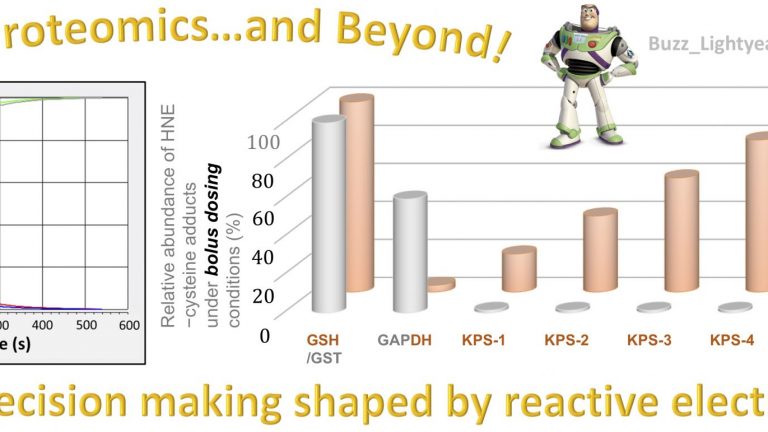Author: Yimon Aye
Three is not a crowd!
(W)Hu ‘R’ you? A key transcription factor in a druggable pathway is regulated by two mRNA-binding proteins in a mechanism conserved from humans to zebrafish: Post-transcriptional regulation of Nrf2-mRNA by the mRNA-binding proteins HuR and AUF1 Poganik et al. Just Accepted FASEB Journal Gotta get with my friends!: in this invited opinion piece (in Current (…)
Team snatched honours
Jan 2019: At the 2nd PSL International Chemical Biology Symposium at the Curie Institute in Paris, Dr. Xuyu Liu won the poster prize dedicated to Organic and Biological Chemistry Jan 2019: We thank the Novartis Foundation for supporting our ZRANB3-RNR signaling research project March 2019: We thank the Swiss National Science Foundation for Project Funding supporting (…)
Six contributions in a row
March 2019 Our original-research and review contributions to: (1) the inaugural Technological Corner in Trends in Biochemical Sciences, (2) an opinion piece, “Genie in a bottle“, in Current Opinion in Chemical Biology (Chemical Genetics), and (3) ChemBioTalents special issue in ChemBioChem, appear. (4) Our chemical biology primer for the Rising Stars in Chemistry special issue (…)

A preview on ‘sec-rets’ and an interview on ‘crossing borders with chemical biology’
Lab contributes to a preview and an interview in Cell Chemical Biology and Trends in Biochemical Sciences (for the Trends Talk section), respectively: — “Weighing up the selenocysteome uncovers new sec-rets” – for the paper by Guo et al. 2018 Cell Chem Biol (in press) Jesse Poganik & Yimon Aye — “Crossing borders with chemical (…)

Delve deeper into electrophile signaling through “proteomics and beyond” in Trends in Biochemical Sciences
To proteomics and beyond: Cell decision making shaped by reactive electrophiles Trends in Biochemical Sciences (Elsevier) — just accepted (September 2018) Link to paper Revolutionary proteomics strategies have enabled rapid profiling of the cellular targets of electrophilic small molecules. However, precise means to directly interrogate how these individual electrophilic modifications at low occupancy functionally reshape signaling (…)